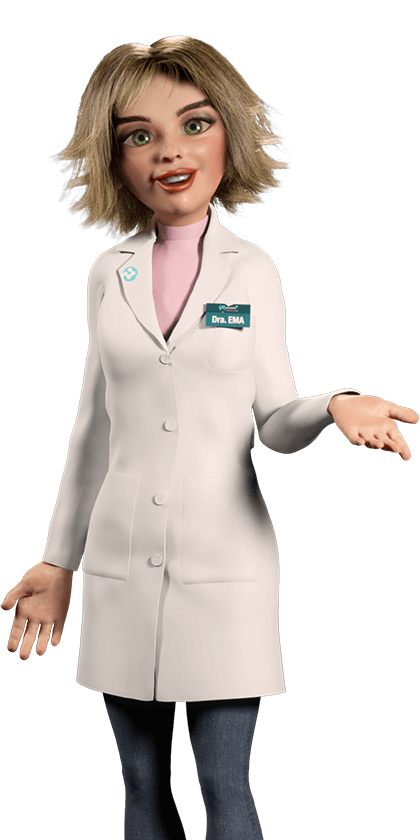Postpartum
Breastfeeding - Make the most of this special moment
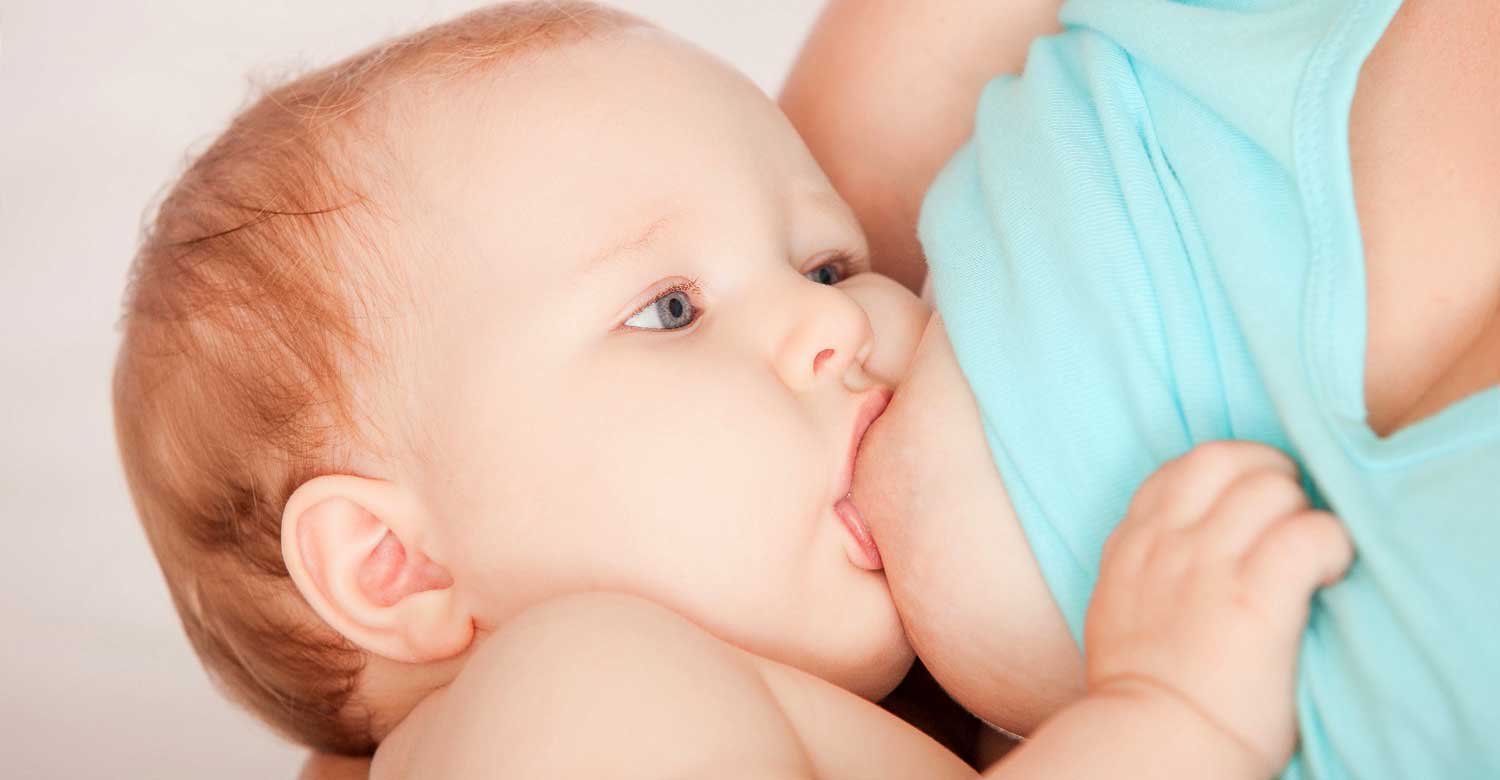
Breastfeeding has many health benefits. All paediatricians agree that its exclusive practice is the best way to feed infants up to the age of 6 months.
If you decided to breastfeed your baby this is a special moment for both of you. However, some issues associated with breastfeeding may occur:
- Sore and/or cracked nipples;
- Breast engorgement;
- Blocked milk ducts;
- Mastitis.
Sore and/or cracked nipples
During the first few days of breastfeeding nipples are more sensitive and may become sore or cracked, making the breastfeeding process painful to the mother.
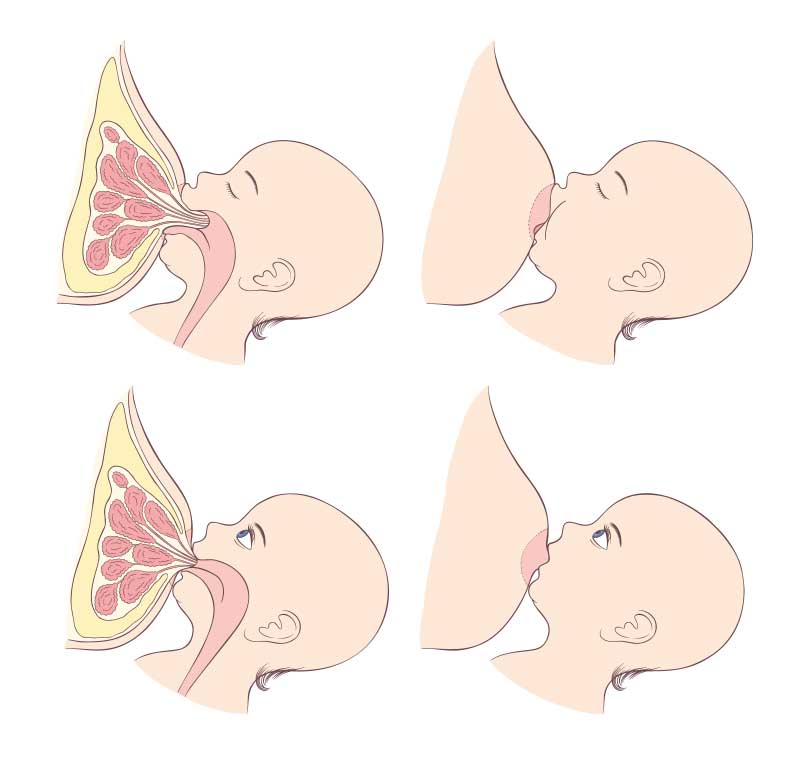
How to prevent it?
- Check that your breastfeeding position is correct to get a good breastfeeding latch (baby should latch onto both your areola and nipple);
- Avoid long feeds (the baby ingests around 90% of the milk he/she needs in the first 4 minutes of the feed);
- Apply 2 to 3 drops of breast milk onto each nipple and areola and expose your breasts to air for a few minutes (healing, moisturizing and antiseptic effects) and/or healing ointment (for example: pure lanolin cream) after bath or after each feed;
- Do not interrupt the feeding, let the baby decide when it is time to stop. If necessary, insert a clean little finger in the corner of your baby’s mouth to break the suction;
- Avoid the use of waterproof absorbent breast pads that do not allow the skin to breathe;
- Use breast shells inside your bra.
What to do?
- Start feedings on the side that is least sore;
- Continue to follow the instructions for preventing sore and/or cracked nipples;
- Apply cool compresses to reduce pain (for example: hydrogel pads);
- You can use a breast pump to stimulate milk production until your nipples get totally healed;
- Use silicone nipple shields (although this should be a short-term solution).
Breast engorgement
Sometimes breasts may feel hard, swollen, or warm to touch and breast skin becomes red. These symptoms are quite common on the 2nd or 3rd day after the birth, when the milk starts ‘coming in’. The baby might struggle to latch when the nipples are flatter, and the breast tissue is harder.
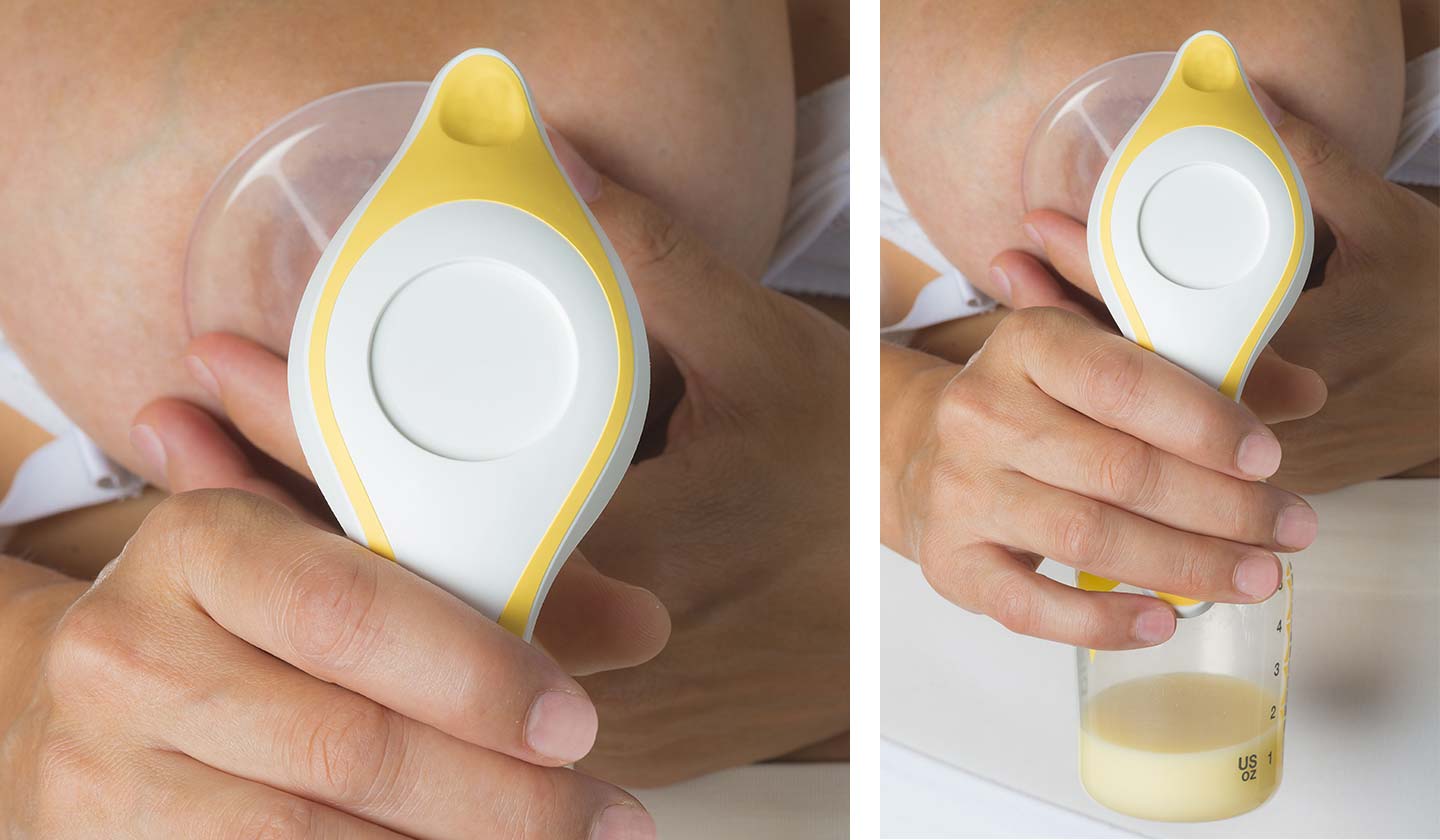
How to prevent it?
- Start breastfeeding right after birth;
- Check that your baby has a good breastfeeding latch;
- Breastfeed on demand (whenever the baby wants).
What to do?
- Apply warm compresses, or try a warm shower, and then massage your breasts gently in circular motion towards the nipple, expressing a small amount of milk manually;
- Start feedings on the side that is more swollen;
- If your breasts are still very firm and full after a feed, express again, either manually or using a breast pump, until you feel comfortable;
- Apply a cold compress between feeds to reduce swelling and discomfort.
Blocked milk ducts
This condition occurs when one of the milk ducts gets blocked, possibly due to milk thickening. The mother might notice a painful lump in a part of her breast.
If not cleared, blocked ducts can also lead to mastitis.
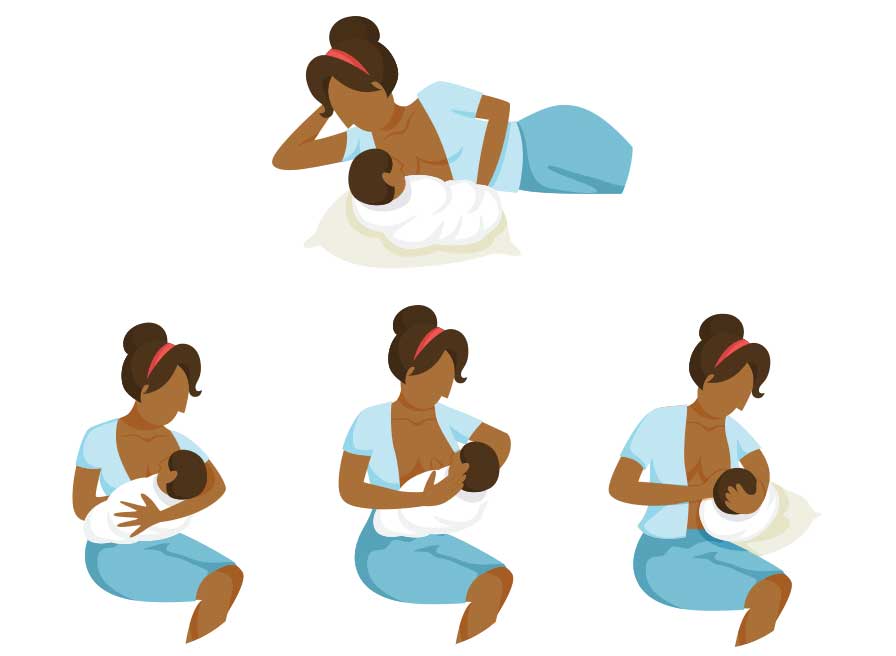
How to prevent it?
- Try different breastfeeding positions in order to drain all the areas of your breast;
- Avoid wearing tight clothing and wear bras that support your breasts properly without compressing them.
What to do?
- Massage the lump area under a warm shower, in a motion towards the nipple, to help drain the affected area better;
- Try different breastfeeding positions in order to drain all the areas of your breast;
- Breastfeeding on the affected side first and more frequently to help clear the blockage, with no more than three hours between breastfeeds.
Mastitis
This condition is characterised by an inflammation of breast tissue that may result in breast pain, redness, warmth, high fever, and discomfort. Sometimes this inflammation involves an infection. If you think you have mastitis contact your health care provider.
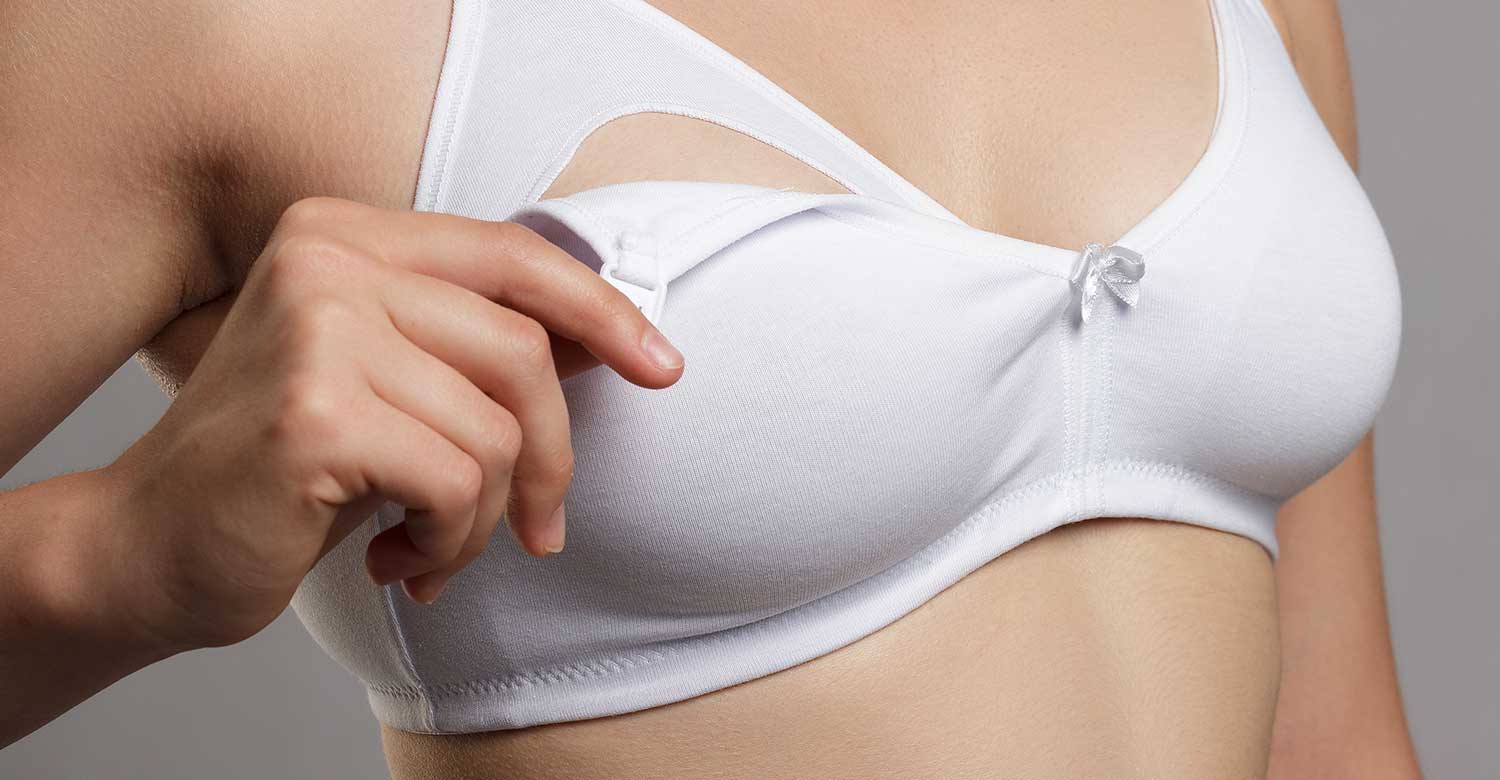
How to prevent it?
- Treat breast engorgement and cracked nipples;
- Avoid excessive breast compression between your fingers;
- Do not wear tight bras/clothes that might compress your breasts.
What to do?
- Continue breastfeeding;
- Drain the affected breast, manually or using a breast pump, and ensure it is fully drained.
- Apply a cold compress to reduce pain;
- If your fever persists for more than 24 hours contact your health care provider.
Sources
iSaúde
Farmácia Distribuição Magazine
Também lhe poderá interessar
Post childbirth
Food and comfort accessories - May your baby treasure lack nothing
Post childbirth
